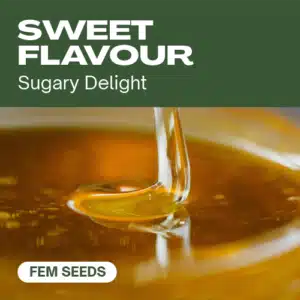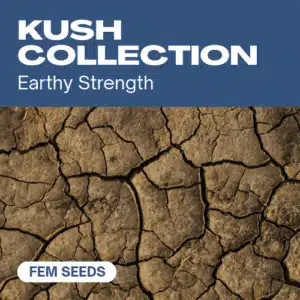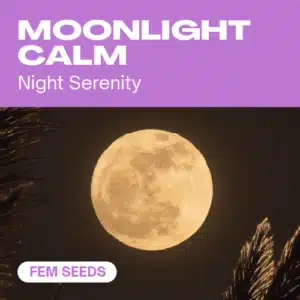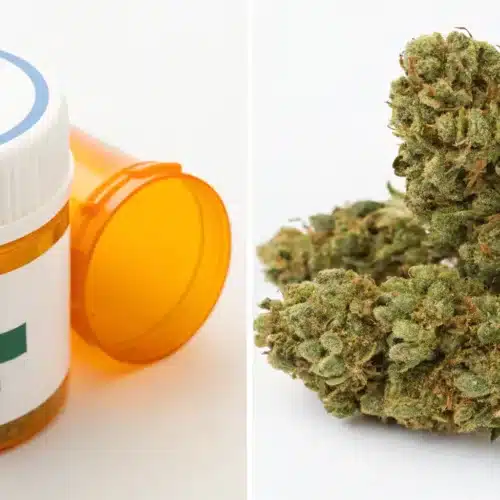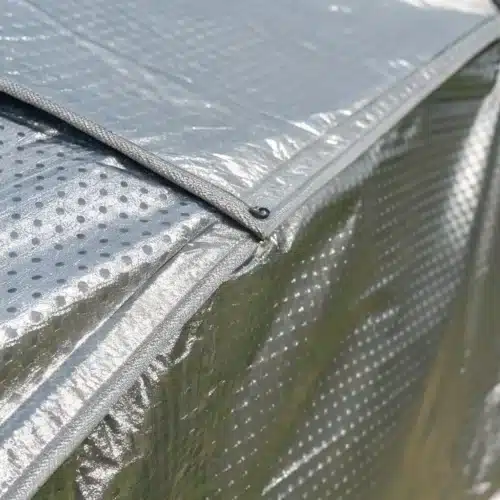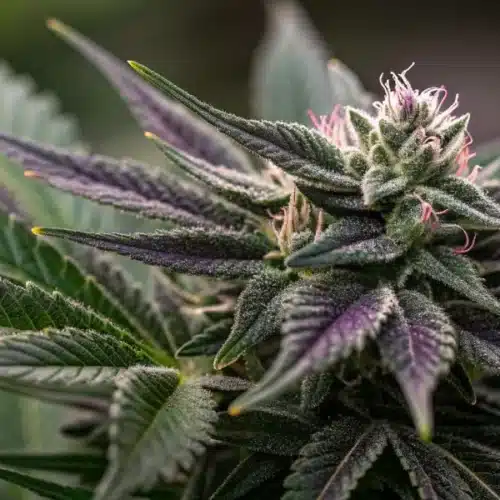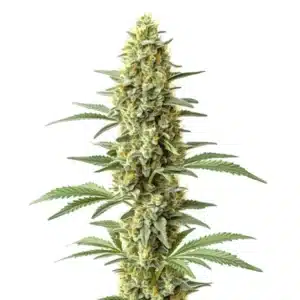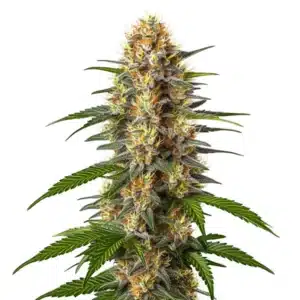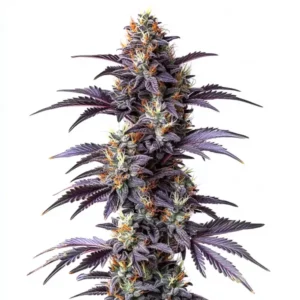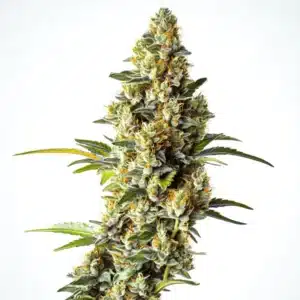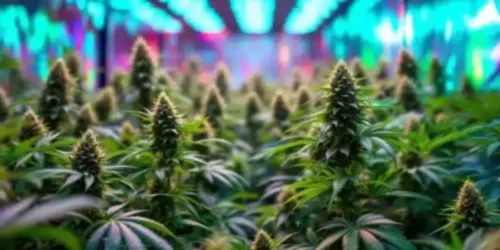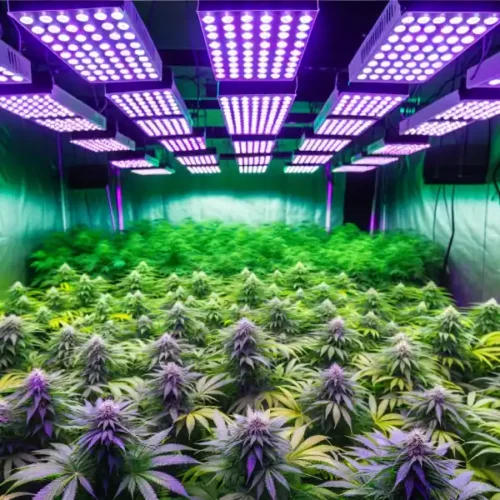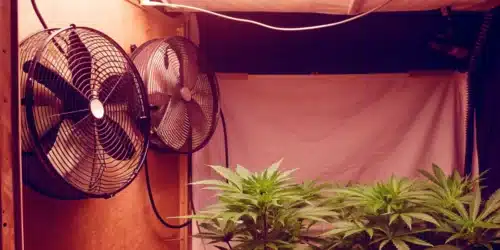Features of Reflective Materials
High Reflectivity Characteristics
Reflective grow tent material plays a crucial role in indoor cultivation by amplifying light efficiency and boosting plant vitality. These materials are engineered to reflect more than 90% of light, redirecting it toward the plants and ensuring optimal illumination across all canopy levels. This allows for vigorous photosynthesis and stronger, more uniform growth.
Important distinction: There’s often confusion between reflective materials (like Mylar or aluminum film used on walls) and light reflectors used above lamps. While both serve to maximize usable light, reflectors concentrate the beam toward the plants, and reflective materials bounce residual light back into the canopy—both are essential.
The reflective capability of these materials varies, with some products achieving ratings above 90%. Gardeners using artificial lighting systems quickly notice enhanced illumination and efficiency. Using quality reflective grow tent material boosts every photon’s impact and maximizes light capture. Such materials actively help maintain a stable environment by directing light precisely where plants need it most, reducing the need for extra lighting and assisting in managing heat and energy consumption.
Growers who rely solely on grow lights without proper reflection risk losing a large portion of their light output. Without reflectors or reflective walls, light disperses in all directions, wasting valuable lumens. In fact, using reflectors and reflective materials together can increase harvests by 30% or more, simply by improving light efficiency.
Material Durability and Safety
Durability stands as a critical feature when choosing reflective grow tent material. High-quality options come from robust, resilient components that withstand the rigors of indoor gardening. These materials endure over extended periods and resist wear, damage, or tear during regular usage, meeting even the most demanding indoor cultivation environments. Gardeners rely on dependable materials to support continuous use and avoid frequent replacements.
A good reflective grow tent material must withstand daily use. High-quality options resist tears, heat, and chemical degradation, providing durability even in high-humidity environments.
Safety is key. Reliable materials are non-toxic and fire-resistant, important when working with intense lighting systems. These features are particularly essential in closed grow tents or home setups, where heat management and fire hazards must be tightly controlled.
Comparison with Standard Materials
Compared to non-reflective or poorly reflective surfaces like black walls, dark fabrics, or exposed insulation proper reflective materials dramatically improve light dispersion. Dark surfaces absorb light, creating shadows and limiting light penetration to the lower canopy.
⚠️ Tip: If you’re not using a grow tent, paint your grow room walls white or line them with fireproof reflective material like Mylar or aluminum foil. Avoid black or colored walls, which absorb light and reduce lower plant growth.
Switching from dark or standard surfaces to reflective alternatives increases light efficiency and lowers electricity bills by making every lumen count. It’s a smart move for indoor gardeners seeking sustainable, high-yield grows.
Promos & Deals
Benefits for Indoor Gardening
Improved Light Distribution
Reflective grow tent materials create even light coverage, ensuring lower leaves receive as much light as top colas. This results in balanced plant development, improved airflow, and fewer microclimates that encourage mold or pests.
Moreover, with reflective surfaces enhancing the available light, growers can often raise their lights slightly, reducing the risk of light burn while still achieving strong photosynthetic activity.
Enhanced Plant Growth
More light reaching more parts of your plants equals more energy for growth. Reflective materials stimulate faster root and vegetative development, and during flowering, encourage thicker buds with better terpene production.
In scientific studies and field reports, plants in reflective environments tend to show:
More resilient growth under stress
- Thicker stems
- Larger, healthier leaves
- Faster bud formation
Energy Efficiency and Cost Savings
Energy efficiency stands as a fundamental benefit for indoor gardeners when they choose reflective grow tent material. By bouncing light back onto your plants, the material reduces the wattage needed from your grow lights while still achieving excellent results. This focused illumination effectively cuts electricity consumption, leading to noticeable cost savings over time. Many indoor cultivators appreciate these operational savings as they reinvest in their gardens.
Lower energy consumption also minimizes heat buildup within the tent, alleviating the need for additional cooling measures. With stable temperatures maintained naturally, you actively enjoy a more energy-efficient system and extended equipment longevity. Gardeners notice that this energy optimization reduces overall running costs, which allows them to allocate budgets toward improvements or plant expansion. Smart choices in material usage offer both immediate and long-term economic advantages.
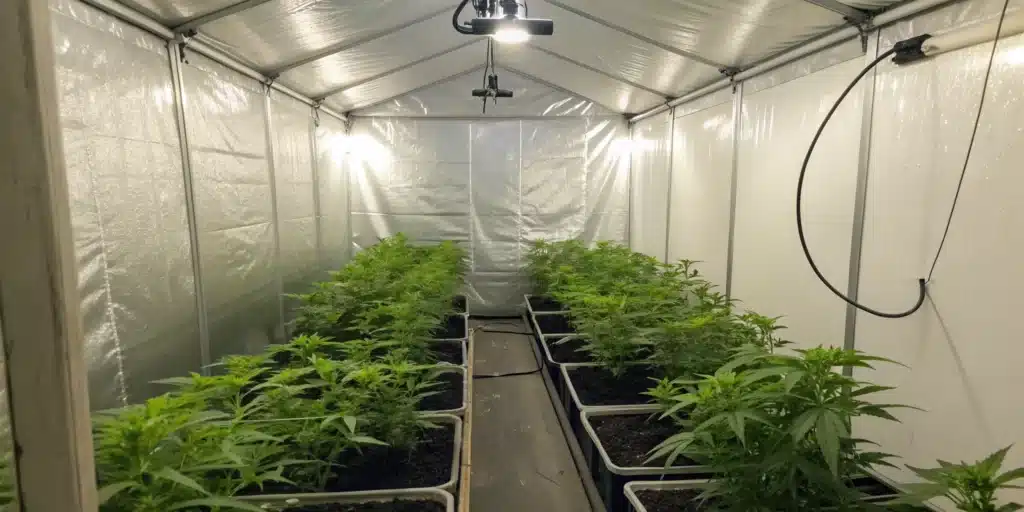
Installation and Maintenance
Proper Installation Techniques
Installing reflective grow tent material correctly plays a crucial part in maximizing its benefits. Begin by preparing your grow space, choose a location free from direct sunlight and unwelcome drafts. Measure and cut your material accurately to accommodate your tent, ensuring you leave slight overlaps for seamless coverage. A well-measured installation actively prevents light loss and creates an evenly illuminated environment.
Secure the material firmly using clips or specialized adhesive options to eliminate gaps that let light escape. Arrange your grow lights so they complement the reflective surfaces, actively avoiding hotspots or uneven distribution. By following these robust installation techniques, you elevate your indoor garden’s performance and ensure every photon reaches your plants, actively enhancing their vitality with every installation decision.
Quick fix tip: Even cheap aluminum foil can help in low-budget setups—but make sure it’s tightly applied and doesn’t create folds that cause hot spots or uneven light distribution.
Cleaning and Longevity Tips
Maintaining your reflective grow tent material in pristine condition actively supports its long-term performance. Dust and residue can accumulate over time and reduce its ability to reflect light effectively. Regular cleaning with a soft cloth or sponge and a mild soap solution actively preserves the material’s shine. Avoid abrasive products that might scratch or damage the sensitive surface as you maintain its quality.
Perform periodic inspections to detect minor damages or wear and address them promptly to prevent further deterioration. These simple maintenance practices actively extend the longevity of your reflective grow tent material while sustaining a high level of light reflection. Consistent care and scheduled cleaning ensure that your indoor garden continuously benefits from optimal light distribution and enhanced performance.
Best Practices for Optimal Performance
Adopting best practices elevates the performance of your reflective grow tent material throughout your growing cycle. Strategically position your grow lights to maximize the reflective benefits and create a well-aligned system that supports consistent light diffusion. Organize your plants so that each one receives an equal share of the reflected light, actively boosting overall growth.
Carefully monitor the temperature and humidity within your tent to maintain conditions that complement the reflective surfaces. Consistently adjust your setup according to seasonal changes and plant development needs. By following these proactive steps, you create an environment where both your plants and reflective surfaces perform at their peak, actively contributing to a thriving indoor garden.
Reflection = yield. Every lumen counts. Don’t let it get absorbed by dark corners or poor setup.
Product Comparisons and Reviews
Market Leading Brands
Top brands dominate the market when it comes to superior reflective grow tent material. Manufacturers like Mylar, Diamond Mylar, and Reflective Mylar showcase high reflectivity and durable quality that indoor gardeners trust. These brands offer an array of options designed to meet varied cultivation needs, from budget-friendly products to high-performance solutions. Gardeners report excellent results that fuel strong, consistent plant growth with these market leaders.
Many cultivators praise Mylar for its exceptional reflectivity and robustness. Diamond Mylar impresses users with its unique pattern that diffuses light evenly and enhances coverage. Reflective Mylar proves popular among those starting with indoor gardening, offering effective light reflection without heavy investment. Consumers value honest reviews and comparative testing that help them choose the best product for their specific growing demands.
Price vs. Quality Analysis
Balancing price and quality remains essential when you choose reflective grow tent material for your indoor garden. Lower-priced alternatives may seem attractive initially, but they often underperform in durability and light reflection efficiency. You invest in quality products, and you actively enjoy better yield outcomes and lower energy costs over time. In many cases, quality products prove cost-effective and deliver exceptional value in the long term.
To perform a thorough price versus quality analysis, compare reflectivity ratings, material durability, and customer feedback across various brands. High-performing products may demand a higher upfront cost, yet they actively pay off by reducing maintenance expenses and improving plant performance. Consumers embrace transparency in reviews to gauge the long-term impact and economic benefits of their investment, ensuring you choose wisely to satisfy your indoor gardening goals.
User Experience and Feedback
User experience significantly influences the decision-making process for selecting the right reflective grow tent material. Reviews and detailed feedback from fellow indoor gardeners offer practical insights into each product’s effectiveness and reliability. Many report dramatic improvements in plant health and growth after switching to quality reflective products. Users actively share their experiences, detailing installation ease and noticeable performance enhancements that elevate their growing outcomes.
Analyzing both positive and critical feedback provides a balanced perspective that helps you decide on the best product for your needs. Gardeners contribute to community forums and review sites that highlight real-life results. Their honest accounts empower you to make informed decisions that align with your indoor garden expectations. By emphasizing direct experiences, you can confidently choose a product that delivers optimal light reflection and superior performance.
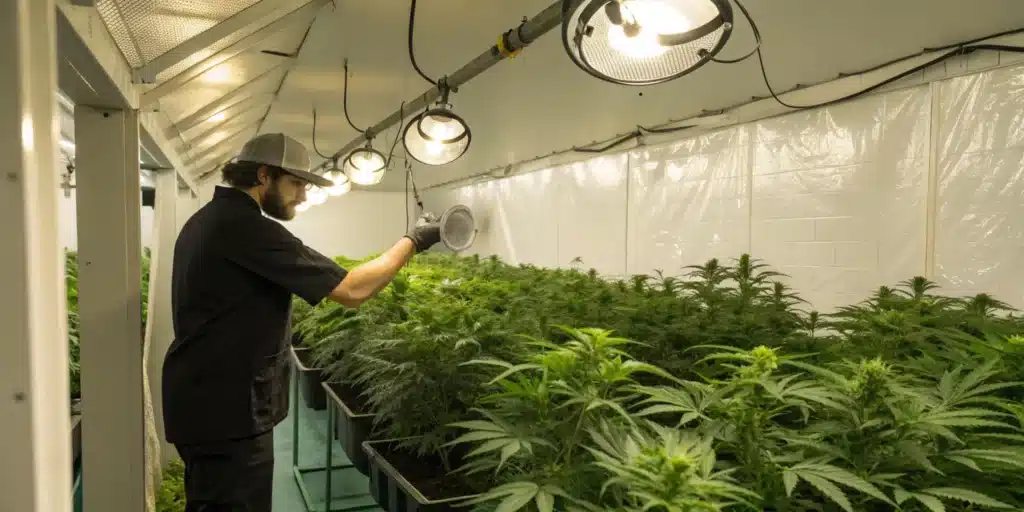
FAQs about reflective grow tent material
What makes reflective material more effective for grow tents?
Reflective material proves highly effective because it bounces light back onto the plants, ensuring even illumination and maximizing energy use. It actively enhances every part of your grow area while helping plants achieve consistent, healthy growth. Gardeners see immediate differences when they switch to quality material.
How do I maintain the reflective quality over time?
Regular cleaning with a mild soap solution and soft cloth keeps the surface clear and bright. Avoid harsh chemicals or scrubbing that can damage the surface. Consistent maintenance ensures optimal light distribution and preserves the material’s performance year after year.
Which brands offer the best reflective grow tent material?
Top-rated options include those from Mylar, Diamond Mylar, and Reflective Mylar. These brands have earned trust among indoor gardeners through superior reflectivity, durability, and excellent customer feedback. Their performance and reliability actively support successful indoor cultivation.

